
Cultural heritage of Uttarakhand: language, costumes and folk dances
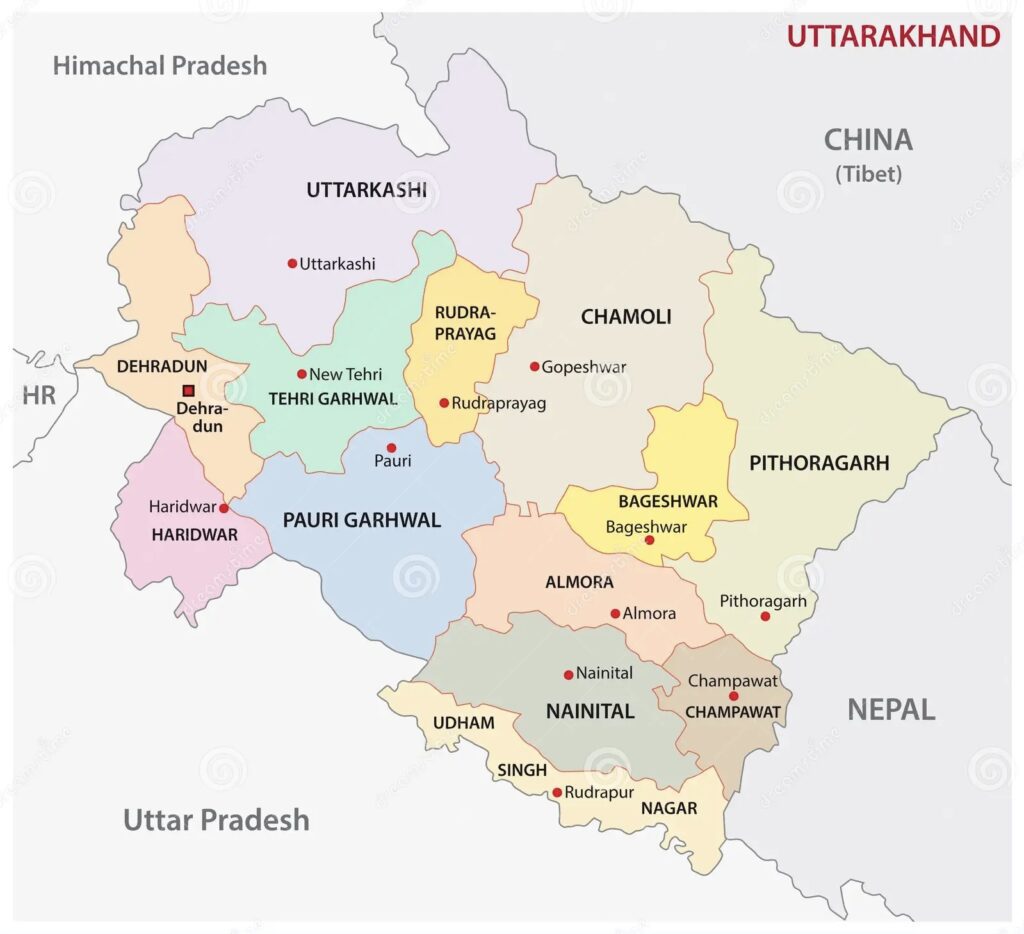
Introduction
Nestled in the lap of the Himalayas, Uttarakhand is famous for its natural beauty as well as its rich folk culture and customs. This hilly state has a distinct identity, which is formed by its language, attire, and lifestyle. The cultural heritage of Uttarakhand, including its languages, traditional dress and folk customs.
Traditional Languages of Uttarakhand: Tradition and Present
Uttarakhand is not just a language, but it is also the identity of the people of Uttarakhand, which is the philosophy of the culture here. Garhwali, Kumaoni, Jaunsari, and Bhotiya languages are mainly spoken in Uttarakhand. At present, the youth are promoting the languages here through social media so that more and more people can know the culture spoken here. The uniqueness of the languages of Uttarakhand lies in their connection to traditions, folk songs, and local customs.
So come, today we will talk about the major languages of Uttarakhand.
1. Garhwali Language—एक सांस्कृतिक विरासत
There are a total of 13 districts in Uttarakhand, out of which 7 districts fall in the Garhwal division. Garhwali language is mainly spoken here. In the Garhwali language, there is a process of speaking words in short form. Garhwali is not just a language, but it is the soul of the people of Uttarakhand.
Nowadays the song “Aankhyun Ka Baan Na Chalo” is trending a lot on social media and has become quite famous.
2. Kumaoni Language—शब्द, संस्कृति और साहित्य
The Kumaoni language is spoken in the Kumaon division of Uttarakhand. Mild and deep folklore is hidden in this language. Different languages are spoken in different districts in the Kumaoni language, such as Askoti in Pithoragarh, Gangoli in Almora, and Danpur in Bageshwar. The poet of this place, Sumitranandan Pant, has also made his mark in literary form in the Kumaoni language.
The “Gulabi Sharara” song here has also become quite popular.
3. Jaunsari Language—एक छुपी हुई सांस्कृतिक धन
Few people know that apart from Garhwali and Kumaoni languages, many other languages are spoken in Uttarakhand, one of which is the Jaunsari language. The Jaunsari language belongs to the Aryan language family and is placed in the Western Pahari category. Jaunsari language is mainly spoken in the Jaunsar region of Dehradun in Uttarakhand, which includes Jaunsar, Kalsi, Lakhamandal, and Chakrata.
Many of these are also tribal languages, such as ‘Marcha,’ ‘Ran,’ ‘Boksa,’ and ‘Raji,’ etc.
4. Bhotiya Language— हिमालयी संस्कृति की जीवंत ध्वनि
In various parts of Uttarakhand’s Himalayas, people speak the Bhotiya language. The language is Tibeto-Burman. Tibet is where this language originated. Pithoragarh and Uttarkashi are the primary locations for speakers of this language. The mountains of Uttarakhand are home to the Bhotiya language, which has a rich cultural past.
Traditional Costumes of Uttarakhand: Colours,and Culture
The dress of Uttarakhand is not just the clothes worn, but it is also the tradition, culture, and prestige of the people here. Every dress and piece of jewelry here has its own role. The dress of both Garhwal Mandal and Kumaon Mandal here is different, but these dresses have their own unique significance.
1. Women’s traditional costumes-महिलाओं की पारंपरिक वेशभूषा
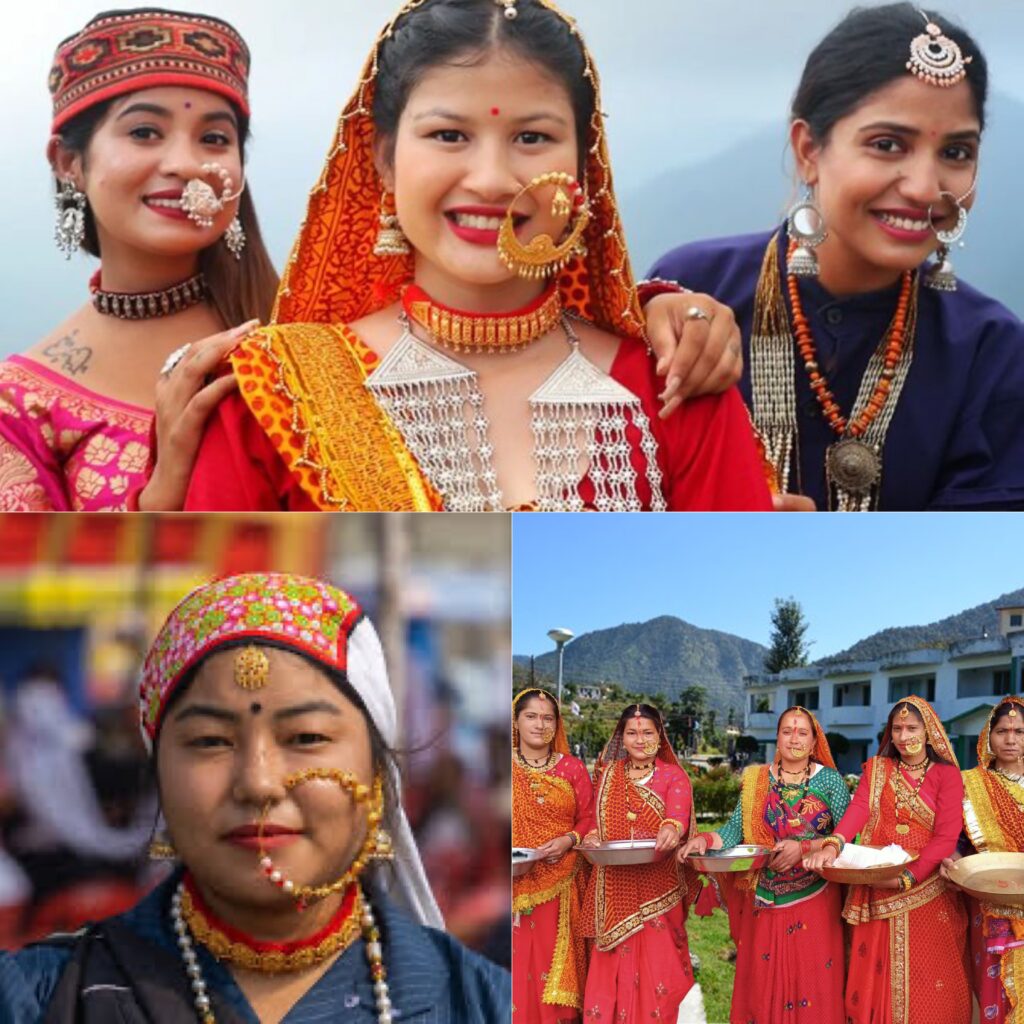
Garhwali Women: In the Garhwal Mandal of Uttarakhand, women wear Ghaghra, cholis, and sarees, which are worn from the front and tied at the shoulder. A full-sleeve blouse is worn with the saree. A kamarband is worn with it, which gives a very traditional look, and the head is covered with a dupatta or scarf. This is a part of the culture and traditions of Uttarakhand.
Kumaoni Women: Like Garhwali women, Kumauni women also wear a Ghaghra and blouse. Along with this, a dupatta, or scarf, is worn on the head, and Kumaoni women also wear pichaura. It is especially worn at weddings and auspicious occasions.
2. Men’s traditional costumes-पुरुषों की पारंपरिक वेशभूषा
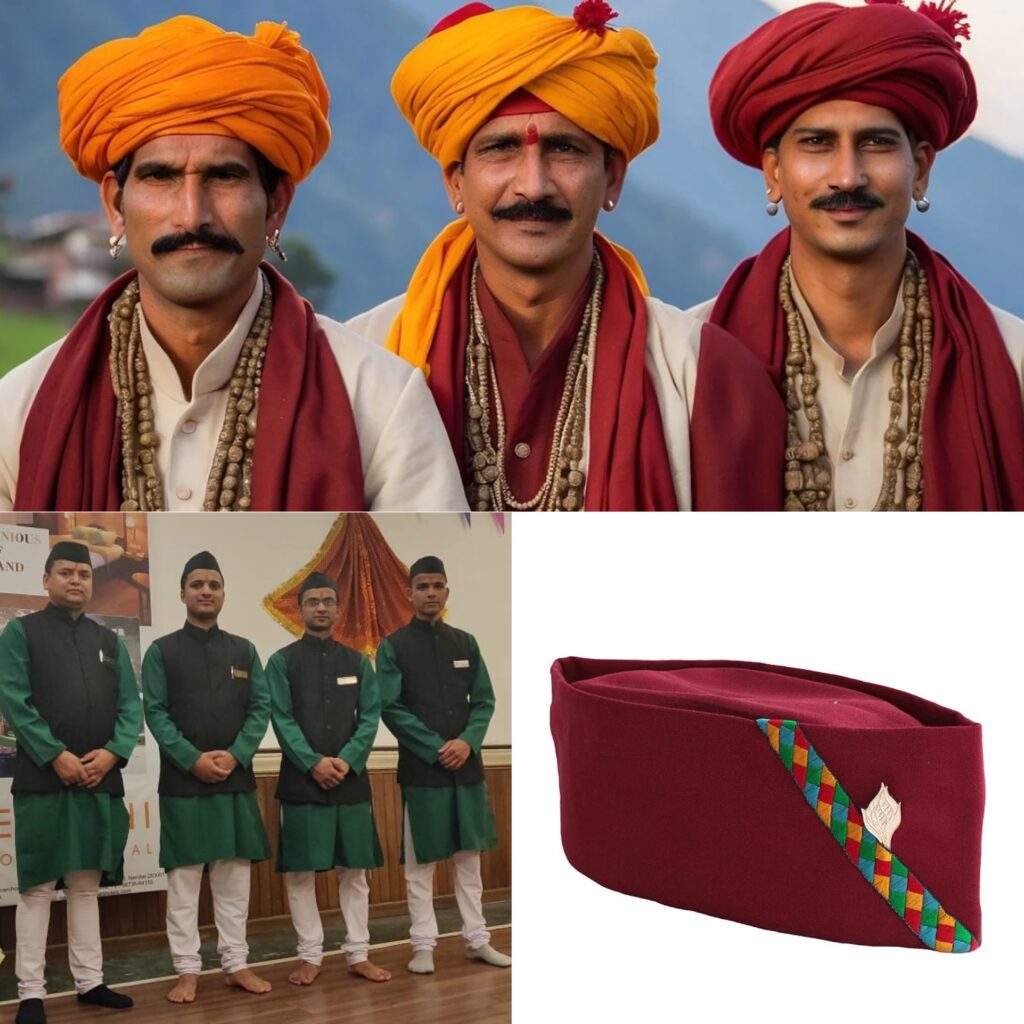
Garhwali Men: Garhwali men wear kurta, dhoti, and chudidar pyjama. People wear it with a cap, and the elders wear a turban to protect themselves from the cold. Here, the use of cloth for wearing is according to the weather.
Kumaoni Men: Kumaoni attire is also similar to Garhwali attire; these people also wear kurta pyjamas and caps. Along with this, people here wear woolen shawls in winter and coats at festivals.
3. Traditional jewelry of Uttarakhand-उत्तराखंड के पारंपरिक आभूषण
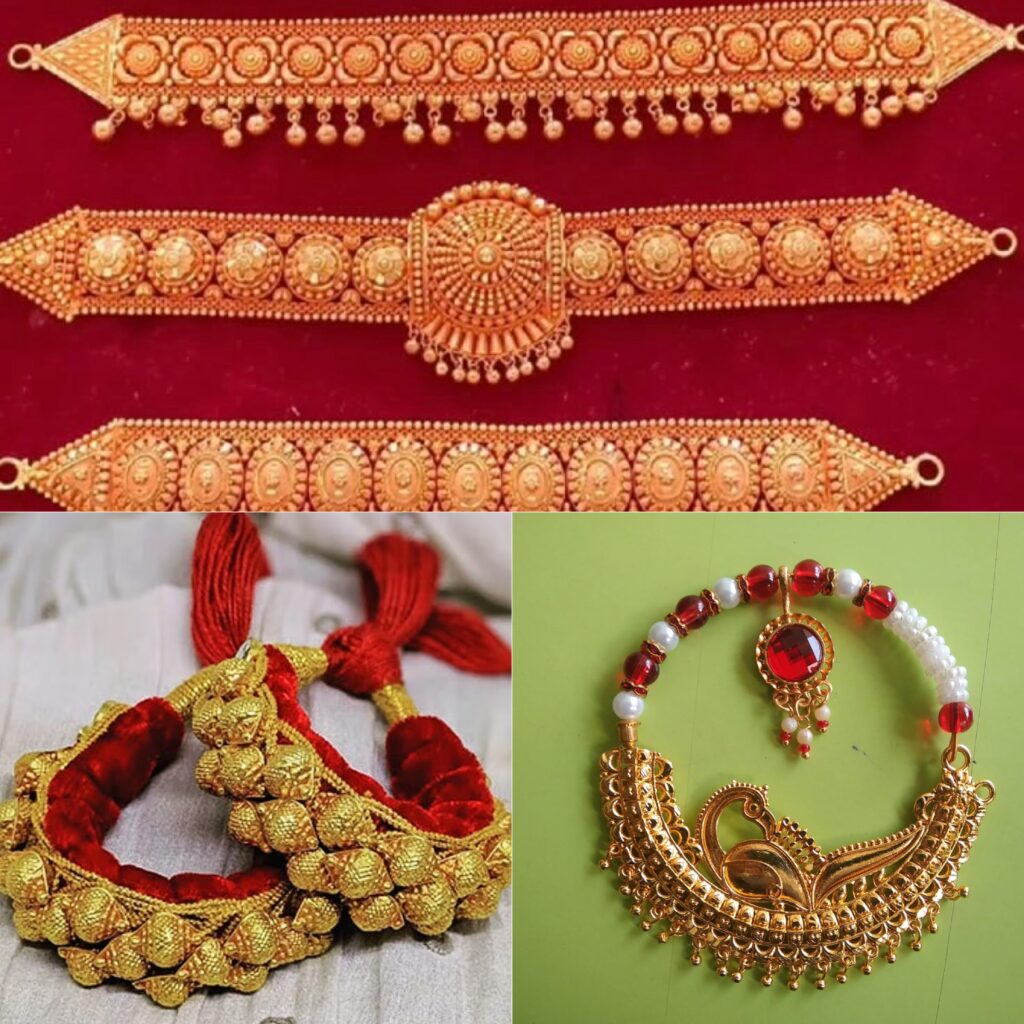
Garhwali Women’s Jewelry— In Garhwal Mandal, the nath is the main ornament that is worn during weddings and special occasions. Along with it, mangalsutra, chandrahara, hansuli, bulak, and many other ornaments are also worn, which enhance the beauty of the women here.
Kumaoni Women’s Jewelry— In the Kumaon division, Kumaoni bangles, bichhua, and ornaments like galobaandh, nath, waistbands, sheeshphool, and champakali are worn, which give a beautiful and attractive look to the people here. This jewelry has a great contribution to the culture and traditions of Uttarakhand.
Folk dances of Uttarakhand: The dancing identity of culture
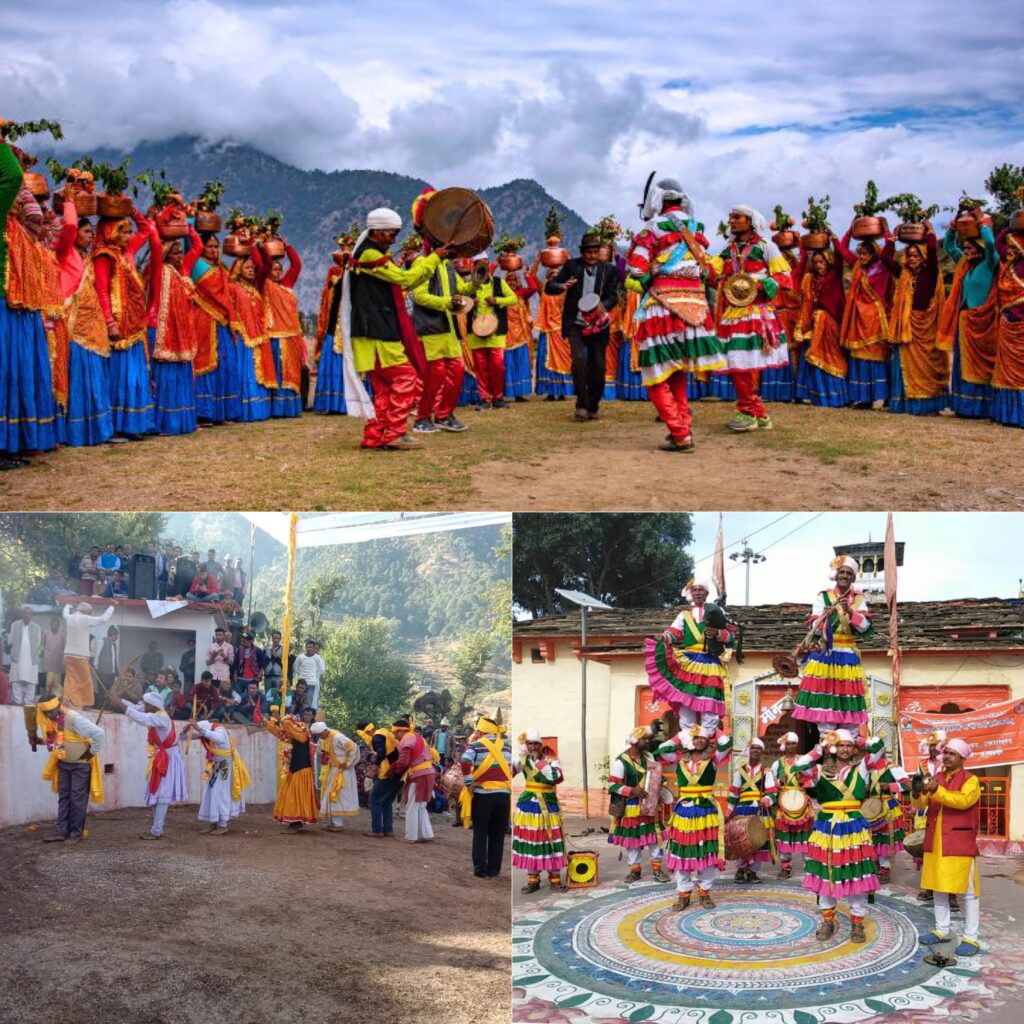
Uttarakhand’s traditional traditions reflect its culture. The folk traditions here reflect the feelings, traditions, and lifestyle of the people. Every folk tradition of Uttarakhand is connected with the soil of the mountains, festivals, and culture. The folk traditions of both the Garhwal and Kumaon mandals here have their own style.
1. Garhwali Folk Dances (गढ़वाली लोक नृत्य)
Pandav Nritya (पांडव नृत्य)—Pandava Nritya is a popular folk dance of the Garhwal division of Uttarakhand state. It is associated with the lives of the 5 Pandavas of the Mahabharata. In this, the artist takes the form of the characters of Mahabharata, like Shri Krishna, Arjun, Bhim, and Dropadi, etc., and describes the events of Mahabharata. There is a tradition of worshipping the Pandavas and Draupadi. This dance is performed from November to February of the year, in which the dance is performed to the beats of musical instruments like Garhwali Dhol Dhamau. It is also called “Pandav Leela.”
Langvir Nritya (लांगवीर नृत्य)—This dance shows physical control and is performed during festivals. This dance is also known as Parvatiya Mallakhamb. This dance has been performed in the Tehri Garhwal region for centuries, and the tradition continues even today as the men of this region perform this dance in an amazing manner. It reflects Uttarakhand culture and traditions.
Thadiya Nritya (थड़िया नृत्य)—Thadiya dance is a group folk dance performed by women in Uttarakhand. Traditional costumes are worn in it, in which women are adorned with Ghaghra, Chunni and jewelry. This dance is performed on the occasion of festivals, weddings, and fairs. In this, love songs, goddess songs, and wonderful songs on festivals are also sung.
2. Kumaoni Folk Dances (कुमाऊंनी लोक नृत्य)
Jagar Nritya (जागर नृत्य)—Jagar is a spiritual folk ritual of Uttarakhand in which the spirits of gods or ancestors are invoked through songs and dance. The word Jagar is derived from the Sanskrit language and means to awaken. This song is sung with special musical instruments like the Dhol, Damau, and Hudka. It is said that through the sound of the Dhol and the tune of the songs, the gods themselves incarnate in that voice. Jagar dance inspires the people of Uttarakhand to have devotion and faith.
Chanchari Nritya (छनछरी नृत्य)—The Kumaon region of Uttarakhand is home to the lovely Chanchari folk dance, which portrays societal themes, love, and women’s lives. This involves a group of ladies singing folk tunes together in a circle. At weddings and celebrations such as Basant Panchami and Holi, this dance is performed. Dholak and Manjira Thali are utilized in this.
Hurkiya Nritya (हुड़्किया नृत्य)—Hurkiya dance, in which a beautiful combination of storytelling and music is presented on the stage in Kumaon Mandal, in which one person plays the drums and Hudak and the other singer narrates the story while performing the dance, in which stories of gods and goddesses, heroic tales, ancient stories are presented. In this dance, costumes like white dhoti, colorful chola, turban on the head are worn. Hurkiya Sar is not just a dance, but it is the voice of keeping the folk culture of Uttarakhand alive, which connects education, culture and history with the audience.
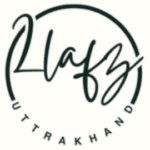
1 COMMENTS